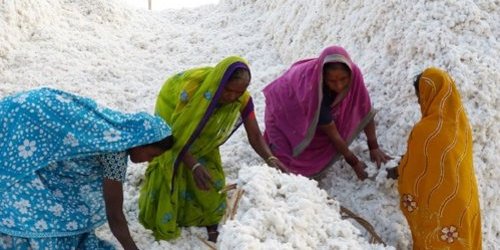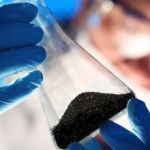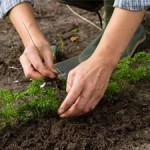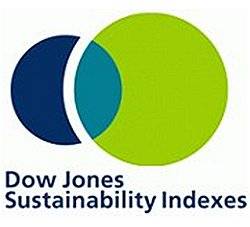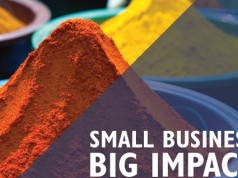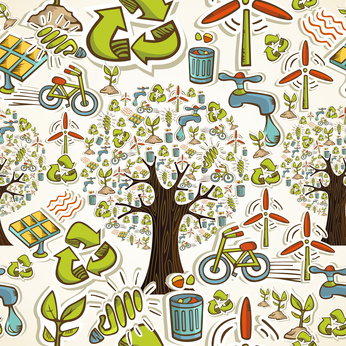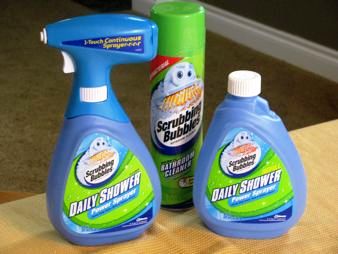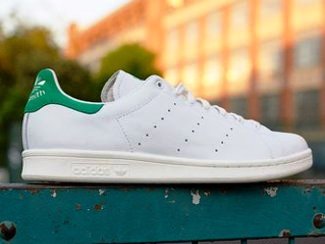
Herzogenaurach – The adidas Group published its 2013 Sustainability Progress Report on April 15, an annual overview of achievements and challenges as well as a progress update on its 2015 sustainability targets. As part of the report, the adidas Group announced that all adidas Sport Performance footwear newly created for 2013 used sustainable components such as environmentally preferable materials.
Constantly looking into new and smarter ways to make its products better, the adidas brand has developed an approach that ensures environmental considerations are part of the product creation process. This has enabled sustainable elements to be incorporated into all performance shoes created for 2013.
“Designing and developing products with sustainability criteria in mind is something which is close to our heart,” said Eric Liedtke, adidas Group Executive Board member responsible for Global Brands. “Originally, we had set the goal of using sustainable elements in all of our newly created Sport Performance shoes by 2015; however, thanks to the dedication and commitment of all the teams involved in the making of Sport Performance footwear, we were able to achieve it two years in advance.”
At the same time, a growing number of products with sustainable components also exist in the Originals product range, such as the iconic Stan Smith, which has just been re-launched. Furthermore, an increasing amount of apparel is created using sustainable materials and more sustainable manufacturing processes such as DryDye and Low Waste.
Additional information on product sustainability is available on the adidas Group corporate website and the corporate blog as well as in the 2013 Sustainability Progress Report.
The adidas Group initiated reporting about its sustainability performance back in 2000, and was the first company in the sporting goods industry to do so.
“Reporting about our sustainability performance is key in our commitment to transparency,” stated Frank Henke, adidas Group Vice President for Global Social and Environmental Affairs. “This year’s Progress Report differs from our previous publications as we have decided to explain our sustainability programme according to four pillars: People, Product, Planet and Partnership. We believe that this new approach will allow us to better explain to our stakeholders what sustainability means for the adidas Group.”
Some highlights of the 2013 Sustainability Progress Report include:
PEOPLE
- The “SMS for Workers” project, launched at the end of 2012, was introduced to a total of five facilities in Indonesia and one in Vietnam, covering almost 35,000 factory workers.
- 1,346 factory social and environmental audits took place at suppliers; these involved management and worker interviews, reviews of factory policies, practices and documents as well as facility inspections. The company’s Sustainability team also conducted 148 training sessions and workshops for suppliers, licensees, workers and adidas Group employees.
- More than 1,000 local community projects were supported financially or through employee volunteering globally.
PRODUCT
- Water is a key area of focus for the company. The product offer integrating DryDye fabric has steadily increased, reaching two million yards of DryDye fabric produced by the end of 2013, and saving 50 million litres of water. This game-changing technology will be further rolled out across product ranges. Also, the company recently announced a partnership with Pharrell Williams and his textile company Bionic Yarn, thanks to which plastic debris from the oceans turned into yarn and fabric will be used in some of Pharrell’s upcoming adidas Originals products.
- The target of using 15% Better Cotton by 2013 was overachieved as in 2013, the adidas Group sourced more than 23% of all cotton as Better Cotton. The adidas Group has committed to source 100 % of cotton across all product categories in all its brands as ‘sustainable cotton’ by 2018.
- The increasing use of virtual samples allowed the Group to save close to 1.5 million samples between 2010 and 2013.
